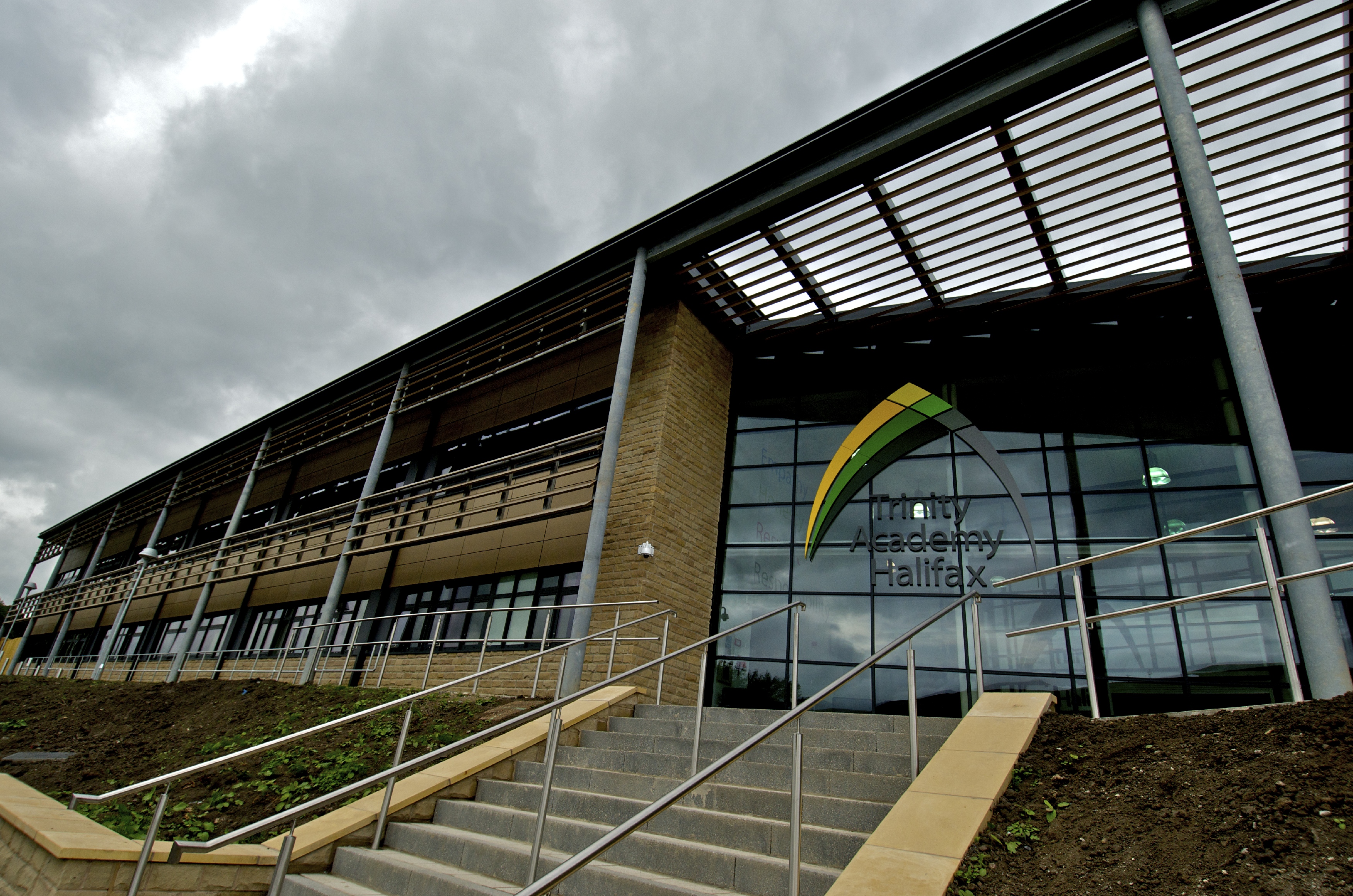
Alexander Bottomley is the Curriculum Leader of Humanities at Trinity Academy Halifax. With remote education now a vital aspect of school life, Alex shares his school’s priorities when it comes to building a remote curriculum.
Twelve months ago, providing students with a high-quality education without them being in the classroom was a challenge that few teachers would have considered important. Though our return to the classroom has been incredibly welcome, as long as students have to self-isolate at home, schools must continue to prepare for the ‘worst-case scenario’. At Trinity Academy Halifax, we have continuously refined our remote curriculum to ensure that our students feel adequately supported. It is easy to identify one major contributing factor that has improved student engagement and productivity when working at home: consistency.
In every decision that we have made regarding our remote curriculum, we have tried to make sure that students receive a similar experience across all subjects – regardless of whether they are self-isolating or not. This means that students can access resources easily and work through remote lessons without too much confusion, and they can easily slot back into school life when they return. Importantly, as we continue to focus our attention on getting back to the ‘new normal’ in the classroom, we can provide consistency for students in ways that is not too time consuming for staff, or too disruptive to their education.
Making sure students have a consistent experience
Firstly, we have created consistency through the simplistic design of our lessons. Rather than having numerous lesson plan templates across the different subject areas, all remote lessons are planned using one simple template so that it’s familiar for students when they’re completing their learning from home. On top of this, each lesson starts with an identical task list with clear instructions provided by teachers to guide students through the lesson. We upload the key features that students would typically receive in the classroom, such as key definitions and learning objectives, in order to meet students’ usual expectations; and embed relevant links to videos/websites at the start of the lesson, to reduce any distraction caused by students having too many tabs open. Once students have successfully navigated one lesson independently, they should be able to access the rest of their timetable.
Secondly, we have created consistency by using resources that students are comfortable using. In all subjects, our students are familiar with Knowledge Organisers and Big Picture documents to provide them with the core knowledge and narrative required to access the curriculum. Using the Knowledge Organisers as a reference point also provides students with an accessible, purpose-built source of knowledge which is more curated and less overwhelming than letting them loose on the internet.
Finally, we have thought carefully about the volume of work that students receive within each remote lesson. Ensuring that students access the full curriculum is vital, but we understand that completing five full lessons in a day, without the structure and support normally received in school, can be challenge for some students. Being mindful that tasks and lessons are of a realistic length with realistic expectations has therefore had a positive impact on maintaining student engagement. Our excellent pastoral team are in touch with students at home to provide support and ensure that they access the work. As well as maintaining regular contact with pupils, we always try to deliver feedback to classes in a manner and timescale that is conducive to their typical routines in the academy. Again, we’ve found this familiarity and routine has been key in encouraging purposeful learning at home.
Remote education will continue to grow and develop in the coming months, but the steps above have helped us to simplify access to a full curriculum at home, while ensuring that they feel supported and appropriately challenged.
Get help with remote education
The Department has published a package of resources, including best practice guidance, webinars and annotated lesson plans, to support teachers and leaders with remote education during the coronavirus outbreak. Take a look at the support available on GOV.UK.